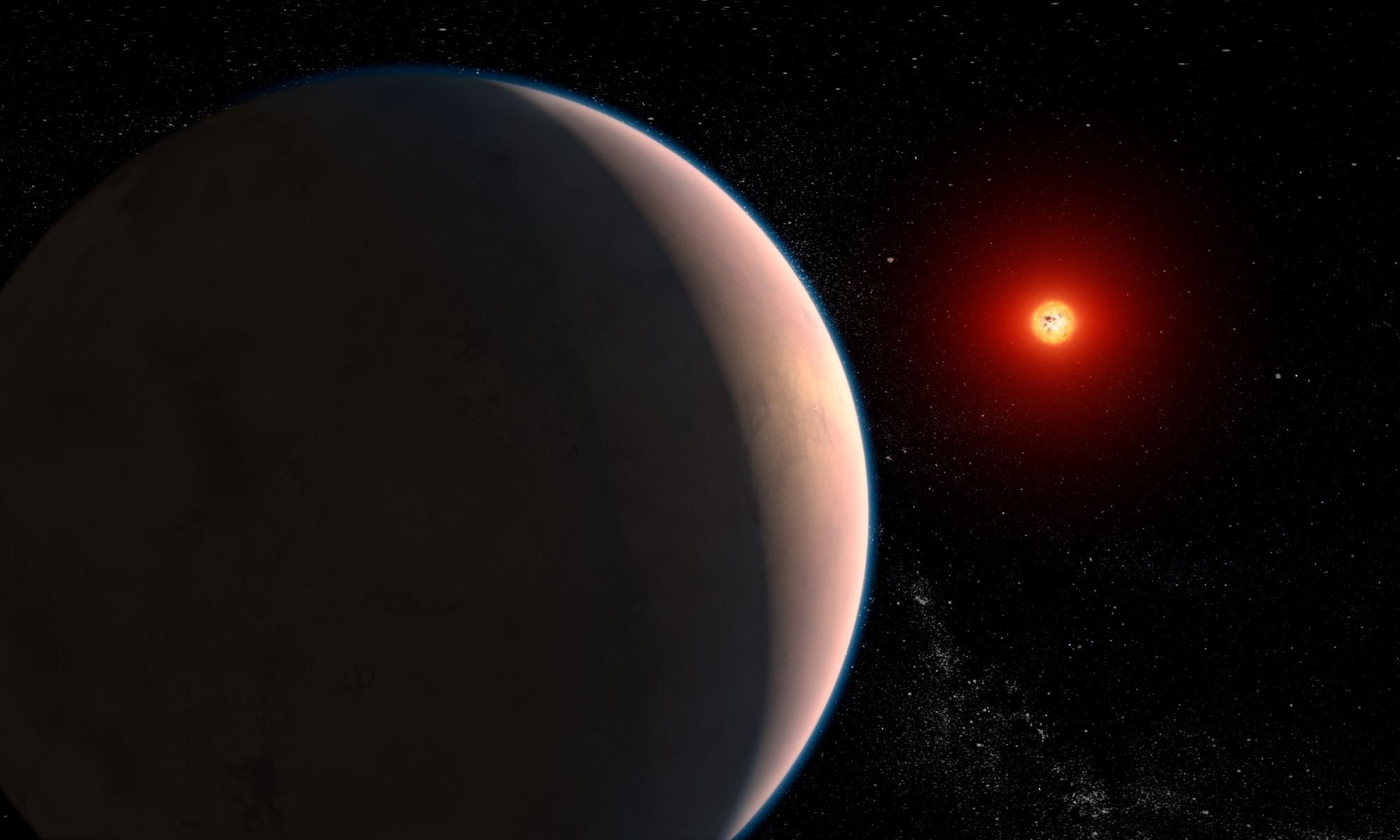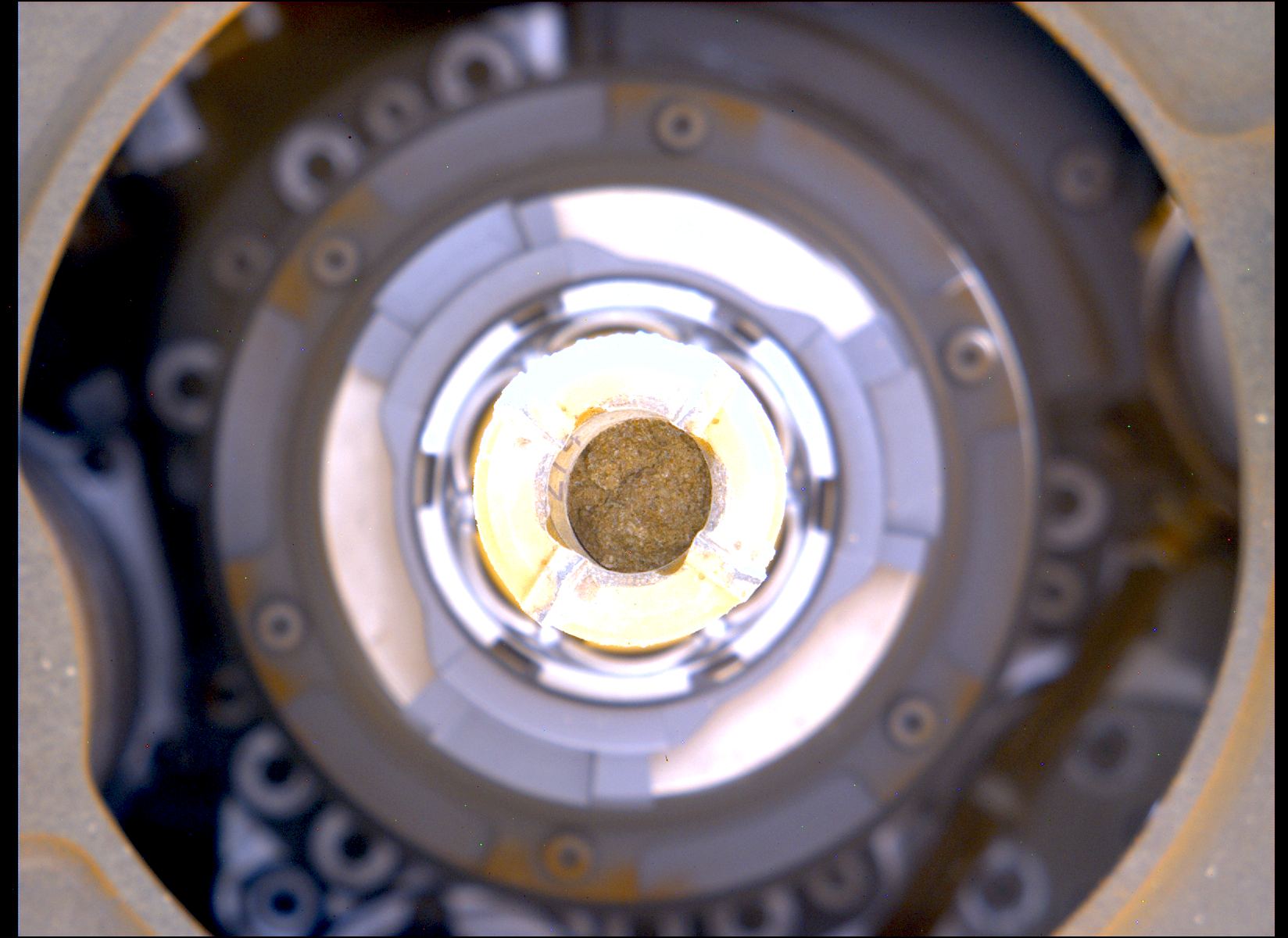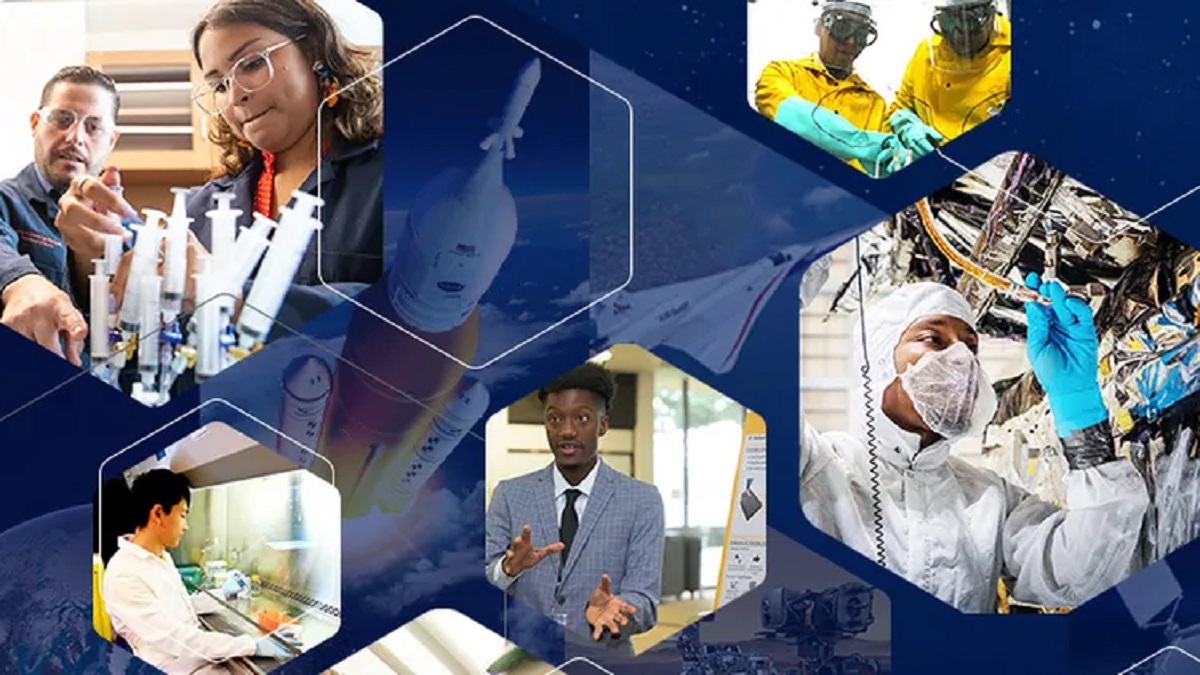A recent study published in the Proceedings of the National Academy of Sciences, a pair of researchers from the University of Florida (UF) examine orbital eccentricities for exoplanets orbiting red dwarf (M dwarf) stars and determined that one-third of them—which encompass hundreds of millions throughout the Milky Way—could exist within their star’s habitable zone (HZ), which is that approximate distance from their star where liquid water can exist on the surface. The researchers determined the remaining two-thirds of exoplanets orbiting red dwarfs are too hot for liquid water to exist on their surfaces due to tidal extremes, resulting in a sterilization of the planetary surface.
Continue reading “A Third of Planets Orbiting Red Dwarf Stars Could be in the Habitable Zone”NASA Seeks Industry Proposals for Next-Generation Lunar Rover

As Artemis II gets ready to launch in November 2024, NASA recently announced it is pursuing contract proposals from private companies for the development of a next-generation Lunar Terrain Vehicle (LTV) to be used for crewed missions starting with Artemis V, which is currently scheduled for 2029. NASA has set a due date for the proposals of July 10, 2023, at 1:30pm Central Time, with the announcement for rewarded contracts to occur in November 2023.
Continue reading “NASA Seeks Industry Proposals for Next-Generation Lunar Rover”Kathy Lueders Was NASA's Top Human Spaceflight Official. Now She Works for SpaceX

Another of NASA’s top human spaceflight officials has joined SpaceX. Kathy Leuders, the former associate administrator for NASA’s Space Operations Mission Directorate, retired from NASA on May 1 after 31 years of service. But this week, CNBC reports that Lueders has joined SpaceX at the company’s Starbase facility in Texas. She follows Bill Gerstenmaier, who retired from NASA in 2020 and became a senior executive at SpaceX as build and flight reliability vice president.
Continue reading “Kathy Lueders Was NASA's Top Human Spaceflight Official. Now She Works for SpaceX”JWST Tries to Untangle the Signals of Water. Is it Coming From the Planet or the Star?

The number of known extrasolar planets has exploded in the past few decades, with 5,338 confirmed planets in 4,001 systems (and another 9,443 awaiting confirmation). When it comes to “Earth-like” planets (aka. rocky), the most likely place to find them is in orbit around M-type red dwarf stars. These account for between 75 and 80% of all stars in the known Universe, are several times smaller than the Sun and are quite cool and dim by comparison. They are also prone to flare activity and have very tight Habitable Zones (HZs), meaning that planets must orbit very closely to get enough heat and radiation.
In addition, red dwarfs are highly-active when they are young, exposing planets in their HZs to lots of ultraviolet and X-ray radiation. As such, whether planets orbiting these stars can maintain or reestablish their atmospheres over time is an open question. Using the James Webb Space Telescope (JWST), researchers from the Space Telescope Science Institute (STScI) observed an exoplanet known as GJ 486 b. As they stated in a recent study, the team detected traces of water vapor, though it is unclear if the signal was coming from the planet or its parent star.
Continue reading “JWST Tries to Untangle the Signals of Water. Is it Coming From the Planet or the Star?”NASA Seeks Greater Diversity in Research Collaborations
In its pursuit of scientific research and human spaceflight, NASA engages in partnerships with various universities, laboratories, and academic institutes. In keeping with NASA’s policy of Diversity, Equity, Inclusion, and Accessibility and the Science Mission Directorate’s (SMD) Science Plan, NASA is seeking to expand its partnerships and encourage “a culture of diversity, inclusion, equity, and accessibility.” To this end, NASA created the Minority University Research and Education Project Partnership (MUREP) – administered through its Office of STEM Engagement (OSTEM).
Through MUREP, NASA provides expert guidance and financial assistance via competitive awards to Minority Serving Institutions (MSIs), which are announced annually through a MUREP Partnership Learning Annual Notification (MPLAN). NASA has teamed up with the leading crowdsourcing platform HeroX for this year’s MUREP opportunity and is awarding multiple prizes of $50,000 to MSIs for innovative ideas and action plans for commercialization that will advance NASA’s Mission Directorate priorities.
Continue reading “NASA Seeks Greater Diversity in Research Collaborations”NASA Wants New Ideas for Launching Lunar Payloads and Unlocking Climate Science!
NASA has a long history of crowdsourcing solutions, seeking input from the public, entrepreneurs, and citizen scientists. Currently, the agency is tasked with preparing for the long-awaited return to the Moon (the Artemis Program) and addressing the growing problem of Climate Change. The former entails all manner of requirements, from launch vehicles and human-rated spacecraft to logistical concerns and payload services. The latter calls for advances in climate science, Earth observation, and high-quality data collection.
To enlist the help of entrepreneurs in addressing these challenges, NASA’s Science Mission Directorate (SMD) has once again teamed up with the world-leading crowdsourcing platform HeroX to launch the NASA Entrepreneurs Challenge. With a total prize purse of $1,000,000, NASA is looking for ideas to develop and commercialize state-of-the-art technology and data usage that advances lunar exploration and climate science. The challenge launched on April 10th and will run until November 29th, after which the winners will be invited to a live pitch event hosted at the Defense TechConnect Innovation Summit and Expo in Washington, D.C.
Continue reading “NASA Wants New Ideas for Launching Lunar Payloads and Unlocking Climate Science!”NASA is Sending Humans Back to the Moon, But it Won't Stop There. Next Comes Mars
NASA recently announced the astronauts that will make up the Artemis II crew. This mission will see the four-person crew conduct a circumlunar flight, similar to what the uncrewed Artemis I mission performed, and return to Earth. This mission will pave the way for the long-awaited return to the Moon in 2025, where four astronauts will fly to the Moon, and two (“the first woman and first person of color“) will land on the surface using the Starship HLS. These missions are part of NASA’s plan to establish a program of “sustained lunar exploration and development.”
As NASA has emphasized for over a decade, the Artemis Program is part of their “Moon to Mars” mission architecture. On Tuesday, April 18th, NASA released the outcomes from its first Architecture Concept Review (ARC 2022), a robust analysis designed to align with its overall mission strategy and define the supporting architecture. This included an Architecture Document and an executive summary that provide a detailed picture of the mission architecture and design process, plus six supporting white papers that addressed some of the biggest questions regarding exploration and architecture.
Continue reading “NASA is Sending Humans Back to the Moon, But it Won't Stop There. Next Comes Mars”Perseverance is Turning Into That Friend That's Always Picking Up Rocks

On Thursday, March 30th, NASA’s Perseverance rover drilled and stored the first rock core sample of its newest science campaign. This is the sixteenth sample the rover has taken as part of the ambitious Mars Sample Return (MSR) mission, a collaborative effort between NASA and the European Space Agency (ESA) to retrieve Perseverance’s samples and bring them back to Earth. Once they arrive (expected to happen by 2033), scientists will analyze them using state-of-the-art machinery too heavy and cumbersome to send to Mars as part of a robotic mission.
Continue reading “Perseverance is Turning Into That Friend That's Always Picking Up Rocks”Leaky Soyuz Capsule Returns to Earth

Roscosmos has had quite the run of bad luck lately. In addition to sanctions putting pressure on their space program and the cancellation of agreements (all due to the war in Ukraine), the Russian space agency has experienced several problems in space. On December 14th, 2022, and February 11th, 2023, two space capsules reportedly suffered radiator coolant leaks (Soyuz MS-22 and Progress 82). In addition to delivering fresh supplies to the International Space Station (ISS), one of the spacecraft (M-22) was slated to bring three members of Expedition 68 back to Earth.
Luckily, on February 25th, Russia announced it was sending another Soyuz capsule to replace the M-22 (Soyuz M-23) and retrieve the three crew members, cosmonauts Sergey Prokopyev and Dmitri Petelin, and astronaut Frank Rubio (who will return to Earth now on September 27th). In addition, Tuesday, March 28th, Russia undocked the M-22 from the ISS and successfully brought it home without crew. NASA provided live coverage of the undocking and departure of the uncrewed spacecraft via NASA TV, the agency website, and the NASA app.
Continue reading “Leaky Soyuz Capsule Returns to Earth”




